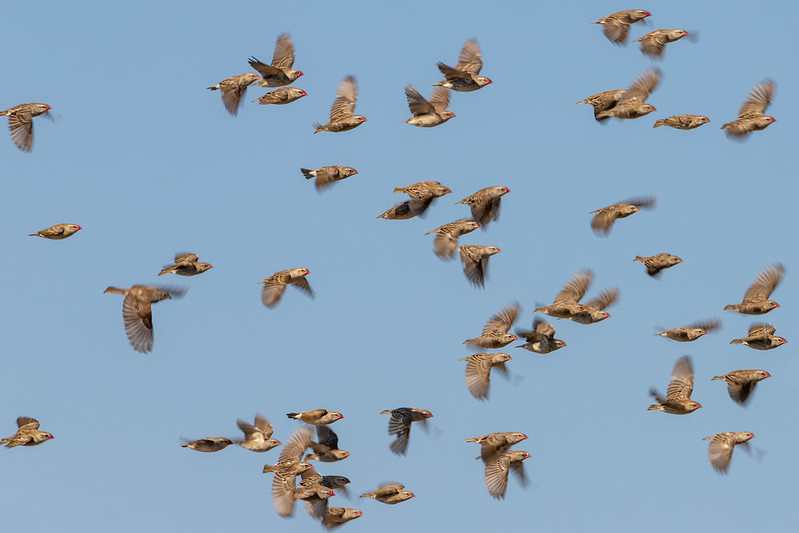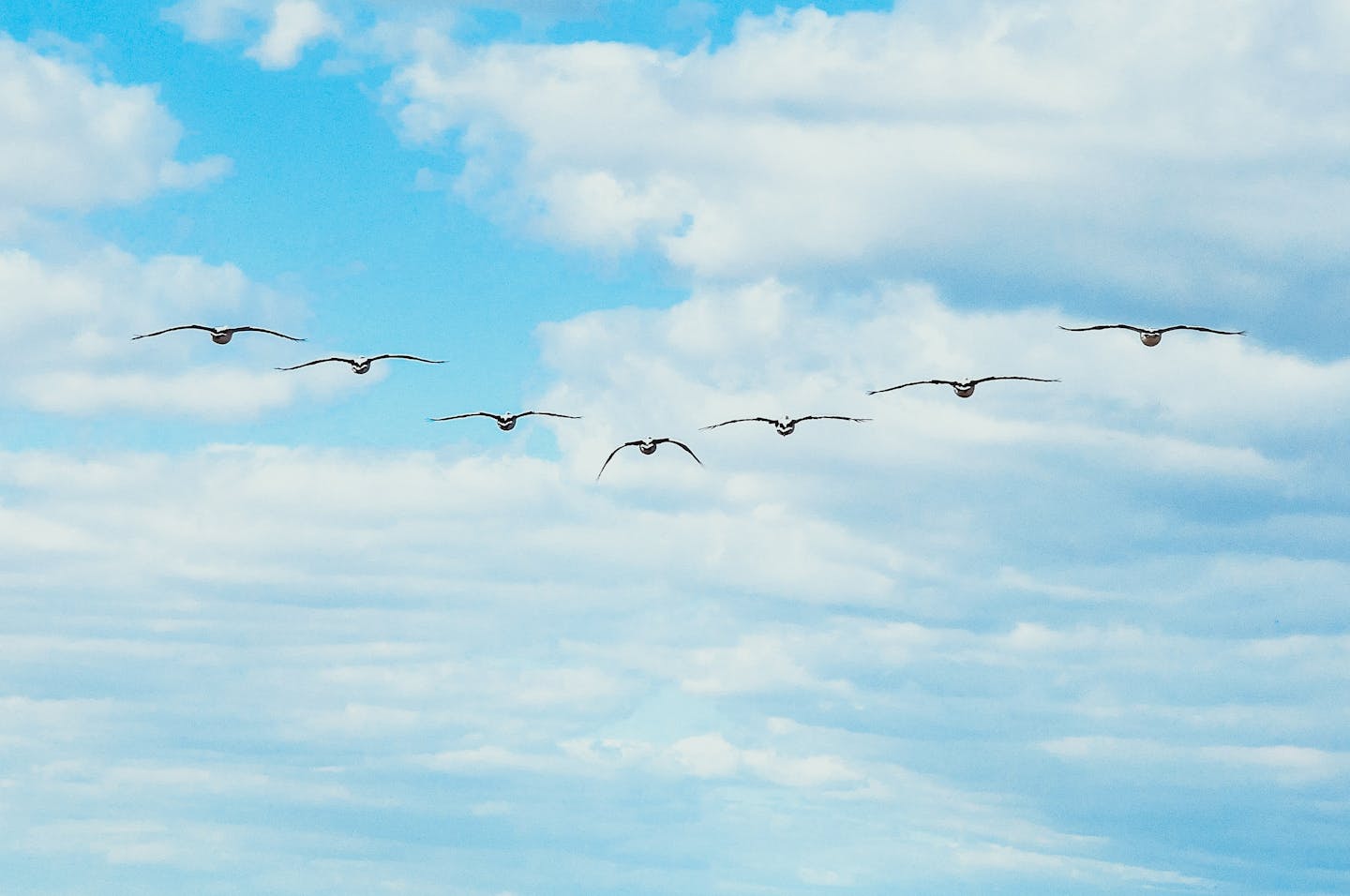Celebrating World Migratory Bird Day
“Bird” is often one of the first words spoken by a child, in any language, as from a young age, humans around the world are fascinated by avian species spreading their wings and flying high up into the sky. Our connection to birds has inspired songs, artwork, and religions, but also seems deeply systematic, like clockwork.
Their songs signal the start to the morning, and depending on which hemisphere you’re in at which time, their migration cues either the renewal of spring or the change to autumn. On Saturday, October 9th, as the leaves fall in the Northern Hemisphere and the blossoms bloom in the Southern, the conservation theme for this year's World Migratory Bird Day is Sing, Fly, Soar — Like a Bird!
Approximately 1,800 of the world’s 11,000 bird species migrate, flying hundreds and thousands of miles to find the best ecological conditions and habitats for feeding, breeding, and raising their young. As the seasons change and conditions become unfavorable, these birds fly to regions where conditions are better. They navigate with precise accuracy, even though their methods are not fully understood. Some species align with the sun during the day, the stars at night, or by the geomagnetic field at any time. Other species have been known to detect polarized light.
This evolution of seasonality has evolved over more than a hundred million years, making migratory birds vital to many of our planet’s ecosystems and, therefore, essential to sustaining Earth’s biodiversity.
Birds pollinate plants through seed dispersal and provide economic benefits such as jobs in tourism, research, and education. They also serve as a reminder, a reconnection to nature during activities like bird watching and photography. In their migration strategies, they can also teach us a lesson as they adapt not only to new annual weather cycles but also to climate change.

Red billed quelea in flight. Image credit: Courtesy of Gregoire Dubouis
A study released in the journal Nature Climate Change suggests that rising temperatures are causing birds to migrate a little earlier each autumn — about two days prior each decade. Although that doesn’t sound like much, it is striking when you think about applying it to hundreds of migrating species all over the world.
Along with the change in the birds’ flight schedule is also their flight path. Migratory birds need to be able to travel, unimpeded, across well-functioning regions to reproduce, rest, and refuel. The impacts of human activities on the environment are affecting birds in different countries along their migration routes, so it is essential that countries work together and that conservation action is coordinated.
World Migratory Bird Day is celebrated on two peak days each year (the second Saturday of May and October) to highlight this need for international collaboration to ensure the conservation of migratory birds and their habitats globally. Hundreds of free virtual talks and educational programs dedicated to migratory birds will be offered by many organizations, including schools, parks, zoos, forests, wildlife refuges, wetlands, museums, and libraries and can be found at World Migratory Bird Day homepage.
The primary focus being awareness, at the fascination of the migratory birds’ flight and what we can do to help them on their journey.



